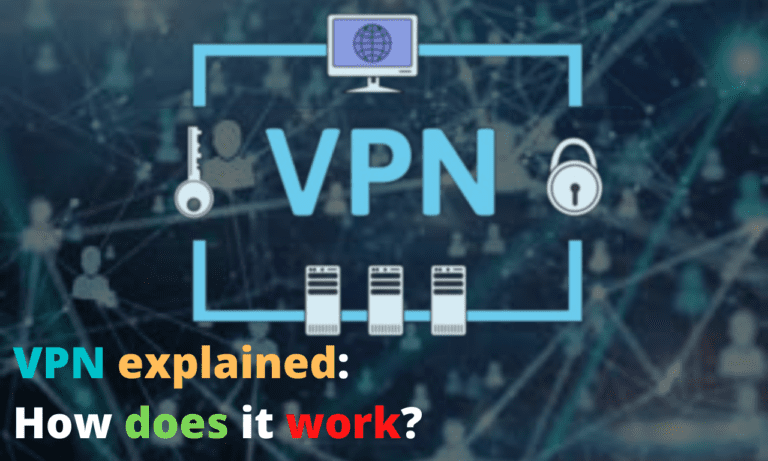The Ultimate Guide to Web Application and API Protection

APIs and web applications are the backbone of all connected devices in use today. Web applications refer to all applications that use a web browser, while APIs allow devices to interact with microservices, operating systems, external software, and access data. Today, most services are going online including, commerce, finance, and health.
That has resulted in attackers targeting WAAPs, making them their first entry point when accessing a system. Bear in mind that Web Applications are currently the number one attack vector followed by APIs. That said, in a few years, APIs may surpass web applications and become the first point of entry into a computer system.
Data that attackers target
When attackers attack a system’s API and web application, they expect to find a wide variety of data. That is because web applications and APIs transmit, use and store a wide range of data that attackers may consider beneficial. That includes business data, customer payment information, and customer identification.
This information is useful to them in that they can sell it, steal your identity, buy items online using your money or even withdraw money from your accounts. If attackers get hold of sensitive company information, they can use it to blackmail the company or release it to the public and embarrass it. That can result in loss of revenue and clients. They can also get hold of personal information and embarrass individuals by posting it on the internet.
Here is a list of data that attackers target.
- Sensitive customer information
- Unpublished content such as videos
- Payment information used on online commerce sites and other websites
- Personally Identifiable Information such as your social security number or name
- Personal health information
- Customer account access
- Credit card information
- Content scraping, which involves bots harvesting content and data from websites for exploitative purposes.
Web Applications and API Risks
Here is a list of Web Application and API risks.
Injection Attacks
An injection attack involves several attack vectors. That said, in an Injection attack, the attacker supplies untrusted input to a program. The interpreter processes it as part of a query or command, and it alters how a program works. These attacks are the oldest and most dangerous.
They are usually a result of insufficient user validation. Injection attacks can lead to data loss, denial of service, loss of data integrity, or complete system compromise. Types of injection attacks include cross-site scraping (XXS), code injection, SQL injection, among others.
Broken Authentication
If authentication functions are broken, attackers can gain access to the system by masquerading as legitimate users. Broken authentication is a result of weakness in credential management and session management. The attacker uses stolen credentials or a hijacked session ID to access the system.
Attackers can take advantage of the above system weakness using credential stuffing or targeted attack to get hold of one person’s credentials. Broken authentication attacks have been responsible for many data breaches in the past years.
Sensitive Data Exposure
Sensitive data exposure occurs when a company does not provide proper protection for customer data and therefore inadvertently exposes it. It is different from a data breach where an attacker accesses and steals customer information.
Mass Assignments
Using mass assignment functionalities found in API frameworks developers, can send packets of data to an endpoint. An attack will occur if the endpoint is not well protected and attackers can access it. They can then corrupt sensitive data or steal it.
Using components with Vulnerabilities
In any system, if one of the components has a vulnerability, unscrupulous people may exploit that vulnerability for their gain. The same applies to web applications which are created as a collection of libraries, microservices, APIs, and open-source code. If any of these components have well-known vulnerabilities, attacks will exploit them to access the application and steal data.
Improper Asset Management
Attackers are attracted to old API systems, which are usually unpatched. These types of attackers want to compromise a system that has no access control or security. This way, they can take over an endpoint or steal sensitive data from the API system.
Broken Access Control
Access control ensures that users can only act within the bounds of their permissions. If developers built the system without access control and added these restrictions later, it results in a patchwork system with vulnerabilities that attackers can exploit. When attackers gain access, they can modify the data and even take over the system.
Security Misconfigurations
Security misconfigurations occur when you do not implement all the security controls for a web application or do it with errors. That allows malicious individuals to access the web application through unused pages, unprotected directories, and files, among others.
Web Applications and API Best Practises
Here are some WAAP best practices that can help you keep your system safe.
API Gateway Management
An API gateway is an entry point that sits between several backend services and the client. It tailors APIs to individual client needs. You can secure microservices using the gateway by request throttling, rate limiting, authorization and authentication, load balancing, and logging. If you combine these strategies with a good quality firewall, you get state-of-the-art protection against malicious cyber attacks.
Authentication and Authorization
Authentication confirms user identity, and authorization allows them access to the resource they want. With the growth of microservices and API, authentication is not a one-time event but a continuous process throughout user activity. That ensures that there are security signals both on the perimeter and across all activities.
Correct use of authentication and authorization functionalities protects API from various attacks. These include broken authentication, sensitive data exposure, broken function-level authorization, among others. It ensures that users have a frictionless experience.
Advanced Rate Limiting
Advanced rate limiting uses thresholding and throttling to protect the system at the application layer from behavior that compromises API and website performance. It includes identification, limiting, and blocking of bad requests, ensuring that legitimate customers access resources. Rate limiting protects against brute force attacks, website content scraping, API overuse, among other attacks.
Your API and web application are continuously at risk from attackers looking for vulnerabilities. Make sure that you use WAAP best practices to help enhance security and keep out malicious attackers.






